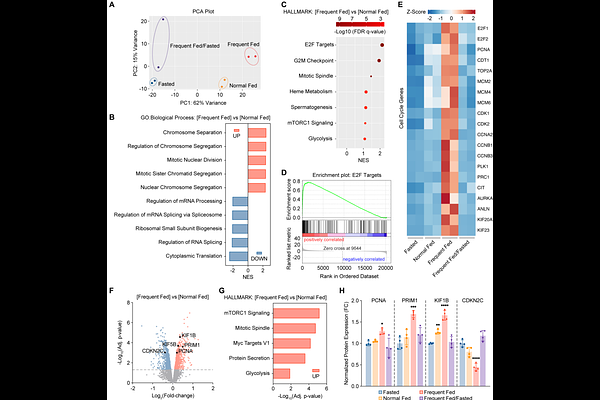Dynamic hyperplastic cardiac growth in Burmese pythons

Dynamic hyperplastic cardiac growth in Burmese pythons
Tan, Y.; Martin, T. G.; Peter, A.; Ozeroff, C. D.; Ebmeier, C. C.; Doptis, R.; Harrison, B.; Leinwand, L.
AbstractCardiomyocytes hyperplasia is the primary form of fetal heart growth, whereas this proliferative capacity is largely lost in adults across most species. The limited ability of adult cardiomyocytes to re-enter the cell cycle is a major cause of cardiac injury-induced morbidity and mortality. Here, we report that post-prandial Burmese python cardiomyocytes activate cell cycle re-entry to promote persistent cardiac growth. Burmese pythons normally eat large meals infrequently, resulting in reversible cardiac hypertrophy. We found that frequent feeding of large meals amplifies the modest post-prandial cardiac proliferation identified in an infrequent feeding interval. By activating E2F and Forkhead Box M1 (FoxM1) pro-proliferation transcriptional networks, frequently fed Burmese pythons initiate cardiomyocyte hyperplasia. These findings identify hyperplasia as a natural means of sustained cardiac growth in Burmese pythons and support the use of pythons as a new model for investigating proliferative cardiac remodeling.